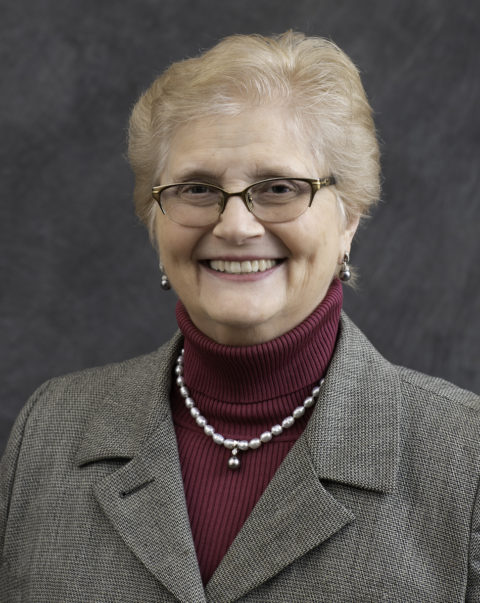Those of us who have downsized in the last few years have a shared experience: we had been holding on to personal items, home furnishings and formal dinnerware we had planned to pass down, but our kids and grandchildren don’t want them. This generation has neither the physical space nor the mental inclination for ornate relics of the past, preferring uncluttered rooms and sustainable, functional goods. It is easy to see why they eschew the physical vestiges of the past while they value living in the moment instead. Does that mean that sentimental memories and connections to now deceased family members are permanently lost as well?
What about nostalgia which lives only in our minds? Can we still evoke fond memories of formal family Thanksgiving dinners without actually setting the table with Grandma’s china and silver? Are we severing connections with the past by failing to pass down Grandpa’s enormous desk because a compact IKEA one is preferred? How about the boxes of family photos in the attic which may not resonate with generations who never knew these people and cannot even identify them? Old fashioned jewelry may not suit current fashion looks either, regardless of our good intentions.
How important are these material items and why are some people stubbornly refusing to let go of them and downsize? Is it appropriate to feel personally rejected when these items are rejected? Are we letting down our ancestors by retiring their furniture and jewelry? Often these items have little or no resale value and only retain our own emotional value. I was quite successful downsizing to an apartment from our large home, but I made a point of scanning important family historical documents, photos, and videos to compact discs which I gave my children.
I did keep a small jewelry box which is filled with an odd mix of parts of gold teeth, wedding bands, and assorted bits of jewelry. To my mother, the contents symbolized assets which readily could be traded or sold during the Holocaust for survival. She never knew when her survival might depend on them again, so she kept them even as she eventually began living with dementia. I can’t bring myself to toss them, but I know that someday they will be disposed of. A few of her old hats and a fur boa are part of our five year old granddaughter’s dress up collection. We have kept a few cherished items for holiday use and pull out some of her old recipes to remind us of her wonderful meals.
Perhaps we owe it to ourselves, our children, and their children to evoke experiences by compiling our family stories and retelling them, sharing memories of the past, showing them photos with descriptions, singing favorite old songs, tasting the old family recipes, thus reminding them of their identity and their heritage. And what about the many ‘family heirlooms’ stored in the minds of older people living with age related cognitive loss? You can unlock those using Validation techniques, by entering into their reality. These precious memories are gifts to share and they don’t take up physical space. Enjoy sharing the past with your loved ones – and save some room in your heads and hearts to store these valuable moments. You can learn about Validation techniques with our Beginning Validation tutorial here.
The Validation Training Institute (VTI) is a non-profit organization that advances knowledge, values, education and research rooted in the Validation method. The objective is to nurture respect, dignity and well-being in the lives of older adults experiencing age-related cognitive decline and their caregivers. Our vision for the future is that every older adult experiencing age-related cognitive decline, and their caregiver, can feel the joy and love of meaningful communication.
By: Fran Bulloff, VTI Board President
